While the ultimate goal of any Overwatch match is to have fun, players achieve that in different ways. For some, it’s enough to simply play their favorite hero with friends in a round of quick match. For others, the fun comes from improving their play and rising through the game’s ranked system, which encourages a mix of individual mechanical skill, team coordination, and situational awareness.
If you’re interested in jumping into the ranked pool and learning what each rank means, you’ve come to the right place. While Overwatch‘s development has ceased in the wake of the upcoming Overwatch 2, the game still allows players to compete and rank up in its competitive mode. Whether you want to polish your skills before Overwatch 2 launches or you just want to make it out of ranked, we’ve collected everything you need to know about Overwatch‘s ranked system.
How does competitive work in Overwatch?
Overwatch’s competitive mode contains seven distinct tiers of ranks. During each competitive season, which lasts roughly two months, players must play a handful of placement matches to earn their initial skill rating, or SR. SR is a numerical value that places each player at a specific point within the seven ranked tiers. For example, if your SR is between 500 and 1499, you’re in Bronze, while an SR between 1500 and 1999 lands you in Silver.
The exact way that SR is determined is known only by Overwatch’s development team. It’s an important value, especially because it determines which players you’ll be matched with and against—and because it’s a point of pride for many players. We do know that if you’ve ranked previously, your most recent past rank affects where you’ll start at the beginning of your placements during a new season. The amount of matches you win during your placements also affects your starting rank.

When you win a match, your SR will increase. When you lose a match, your SR will decrease. If the match ends in a draw, your rank will stay the same. The calculations behind how many points you gain or lose are unknown, though they’re affected by personal performance—more on that later. If you gain enough points to reach the next rank up, you’ll receive that rank immediately, and if you lose enough points to fall to a lower rank, you’ll be demoted. Your highest rank during a season determines the rewards you receive at the end of the season.
There are two different types of competitive play: role queue and open queue. Each queue requires a separate set of placement matches—five for role queue, 10 for open queue—which, upon completion, will grant a rank. Role queue requires players to select whether they’d like to play a tank, damage, or support hero in their matches. Once you get into a match, you’re required to choose a hero within the role you selected, which forces teams to stick to the two-damage-two-tank-two-support meta. Players can also select “flex” to have the game pick a role for them depending on what’s needed. In open queue, players can select any hero they want with no restrictions on roles.
If you’ve completed your placement matches and are wondering where you stand among the ranks, here’s a complete list of all of Overwatch‘s ranked tiers.
All Overwatch ranks
Bronze: 500 – 1499 SR

Everyone has to start somewhere. Achieving a skill rating between 500 and 1499 places you in Bronze, the lowest skill tier tracked in the competitive Overwatch system. Any SR below 499 is listed as “unranked” to prevent players from trying to achieve the lowest rank, which was a real problem in the early days of the game. In this tier, players should be focusing on building the basic skills required to move up in the ranks, including learning how to aim and knowing the ins and outs of each map.
Silver: 1500 – 1999 SR

An SR of 1500 to 1999 grants a Silver competitive rank. Silver is a tough place to be: At this level, teamwork is shaky at best and some players are unfortunately trying to “throw” (or intentionally lose) to make it down to Bronze. If you’re struggling to get out of Silver, work on learning multiple heroes across all three roles so you can flex to whatever your team needs to win. This is also a good rank to practice target prioritization and positioning during fights.
Gold: 2000 – 2499 SR

Gold has traditionally been the most populous rank in Overwatch. Achieving an SR between 2000 and 2499 lands you in Gold. Considering the number of players in this rank, it’s not hard to find friends or teammates in the same tier to team up with. But it can also mean that your teammates’ skill can vary wildly from match to match. Grouping up with reliable teammates removes some of the mystery and gives you a chance to move up in the competitive world.
Platinum: 2500 – 2999 SR

If you achieve an SR of 2500 to 2999, you’re officially better than most people who play the game—but don’t let it go to your head. Platinum is frequently known as a “stasis” rank that’s tough to get out of, especially since it’s the tier when aim and mechanical skill really begin to matter. Understanding the basics of high-tier team compositions and strategies can help significantly.
Diamond: 3000 – 3499 SR

Overwatch’s competitive mode changes into a different beast after 3000 SR. At the Diamond level and beyond, players must play a set amount of matches per week or their skill rating will decay. Decay will continue daily until Diamond players complete roughly five competitive games in one week or their rank falls all the way to Platinum. This is to prevent people from “rank camping” or making it to Diamond and quitting the game.
In addition, as of January 2018, all Diamond or higher matches do not incorporate the performance modifier SR boost. In lower tiers, a very small SR bonus is granted to a player if they statistically stood out with their play. A flat SR number is given for wins and losses in Diamond and above to encourage teamwork rather than flashy solo play. This teamwork, especially the ability to use ultimate abilities intelligently and in unison, is a critical part of moving above the 3499 SR Diamond cutoff.
Masters: 3500 – 3999 SR

If you’ve made it to Masters, know that you’re part of an extremely elite group. A skill rating of 3500 to 3999 lands a player in this tier. In Masters, the more intricate parts of Overwatch gameplay become critical to success: knowledge of team compositions for specific maps, high mechanical skill and aim sense, and excellent game sense are all required to flourish in masters. Note that the same rank decay aspect of Diamond also applies in Masters.
Grandmaster: 4000 SR or higher

Grandmaster, or GM for short, is the top tier of competitive Overwatch. Very few players have an SR of 4000 or higher. This is the tier that most Overwatch League players, professionals, and high-level streamers fall into. To prevent five-stacks of powerful, coordinated players from stomping other teams, grandmaster players can only queue with one teammate.
The team compositions in this tier take their cues from professional-level play in the league or Overwatch Contenders. Indeed, getting to Masters or Grandmaster is essential if you want to go pro and join an OWL team. Making it to GM (and staying there) requires unbelievably high mechanical skill on top of top-tier game sense and strategic ability. An SR of 4200 to 4500 is normal for players in this tier, but a few have made it to the 4600 to 4700 mark.
Top 500

This tier exists as a “bonus” in concert with other tiers. North America, Europe, Asia (which includes Oceania), and China are considered separate regions in competitive Overwatch. The 500 players with the highest skill ratings in the region are ranked in order on a public leaderboard that anyone can see.
To qualify for the top 500 leaderboards, players must play at least 50 competitive games with a phone connected to their account for SMS verification. Two weeks after the competitive season begins, Blizzard releases the top 500 leaderboards. Players can move up or down the leaderboard based on their skill rating. The race to achieve—and maintain—the top spots on the leaderboard is a popular pastime for many of the very best Overwatch players.
Ranked rewards
At the end of each season, players who complete their placement matches will receive rewards for participating. Everyone who finishes their placements and receives a rank gains a spray and player icon with the number of the season displayed in Roman numerals. Each season is represented by a hero or map, which is also displayed in the spray and player icon.
Those who make it to any position on the top 500 list also receive an exclusive animated version of that season’s spray. These extremely rare sprays are the mark of a true master: if one of your teammates has one, you know they’ve ranked among the best of the best.
Winning competitive matches grants players a small number of competitive points, or CP. CP can be used to purchase the exclusive golden variety of each hero’s weapon. You only gain a little bit of CP for each win and each golden weapon costs 3,000 CP, so it’s a high bar to reach. Players who are rocking gold weapons on their chosen heroes are extremely dedicated players who’ve spent a lot of time playing competitive.



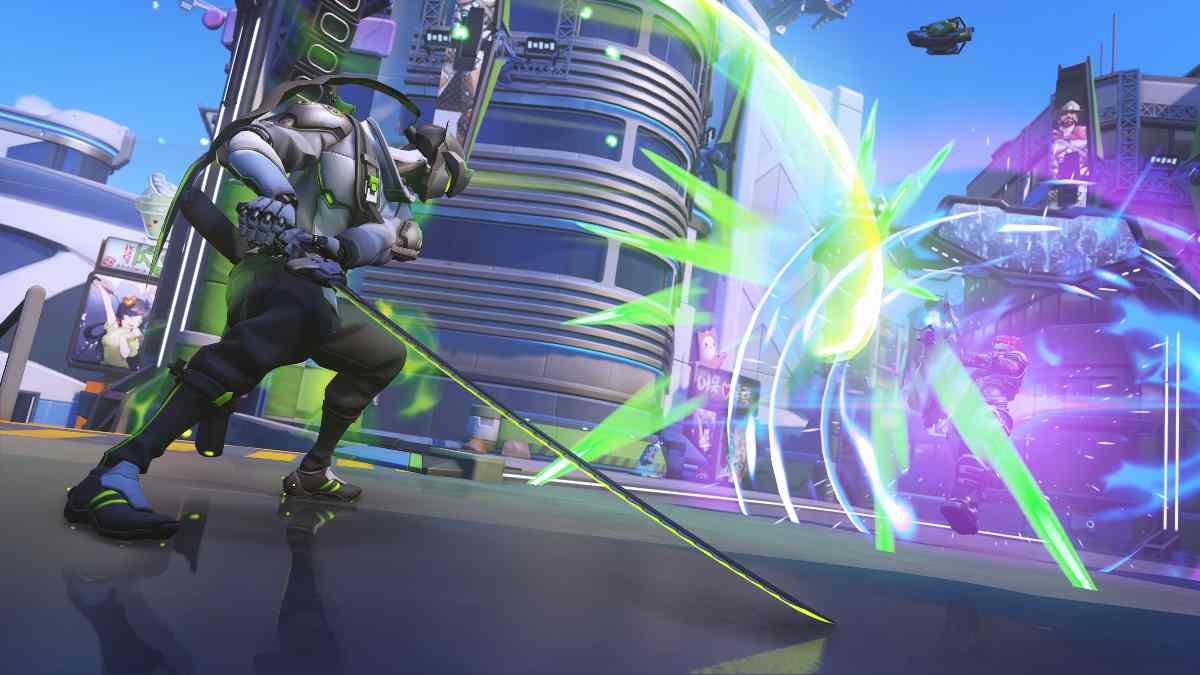
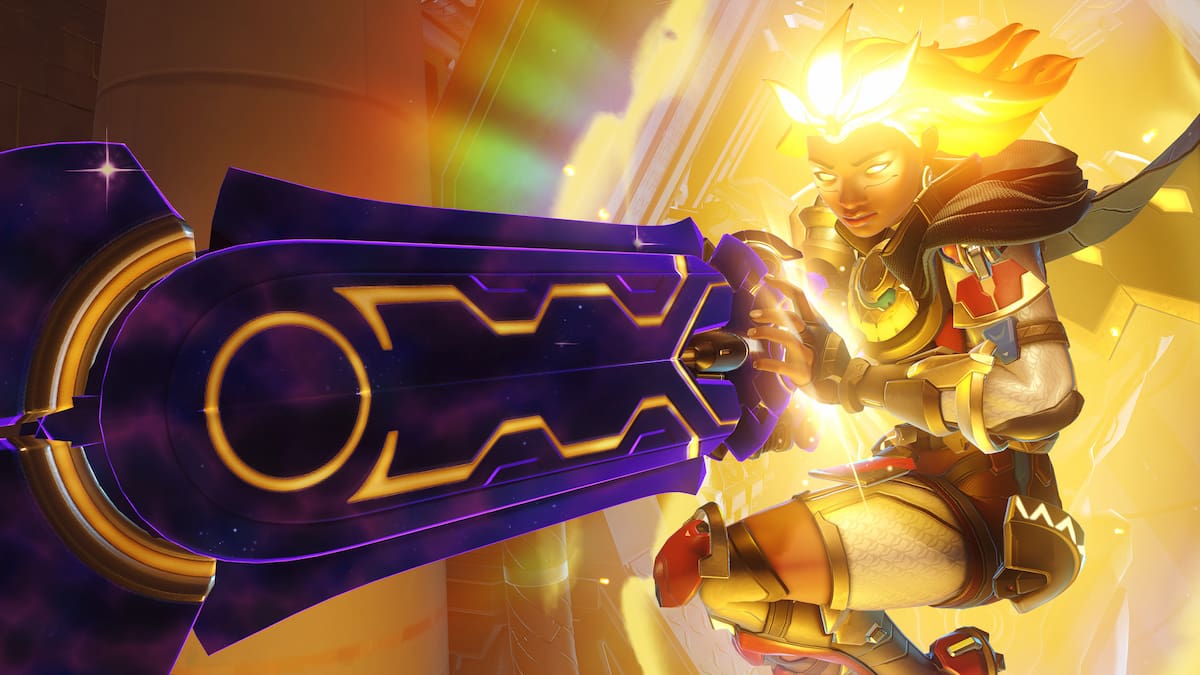
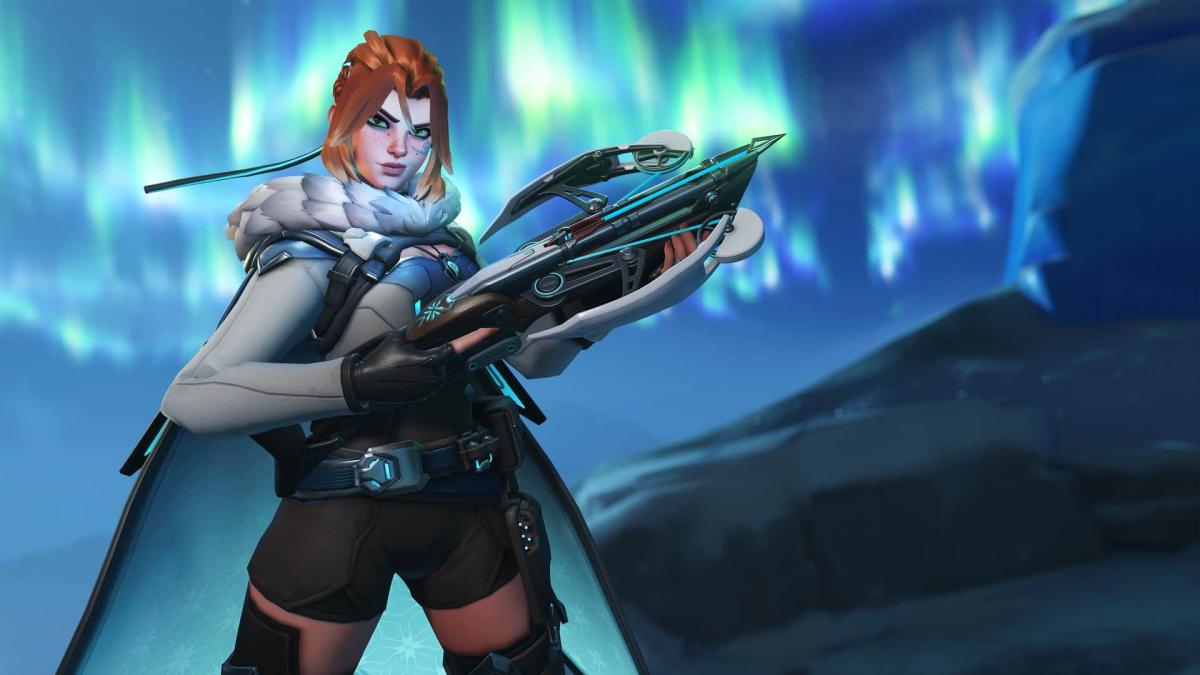
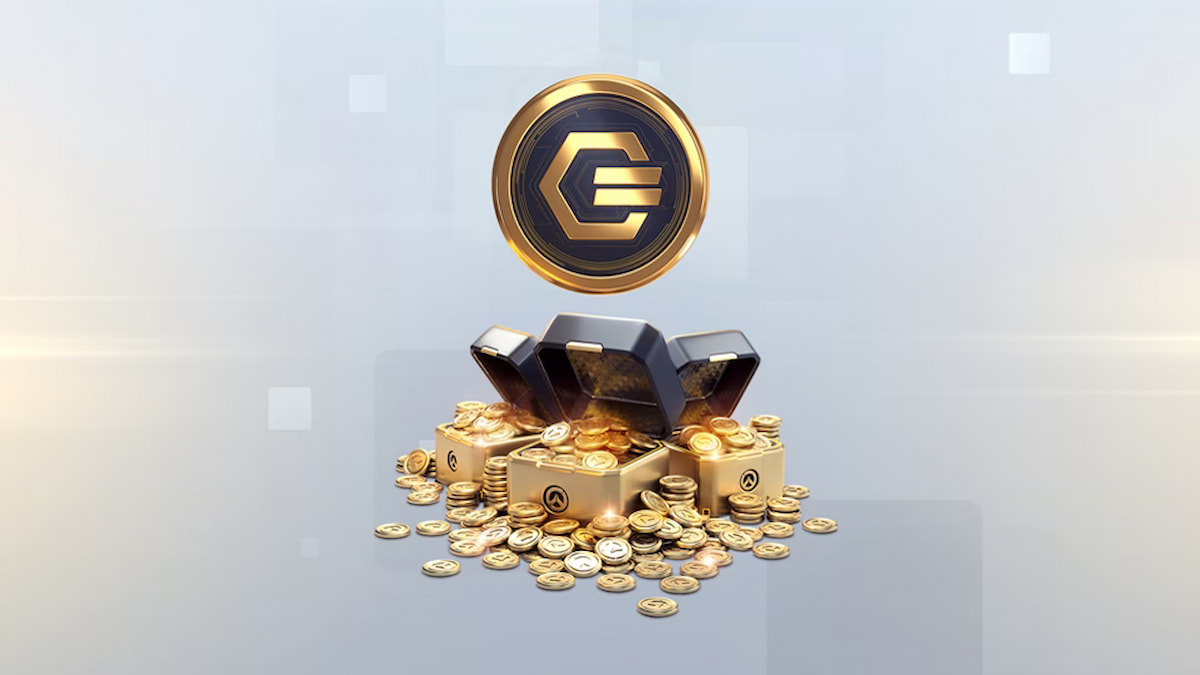

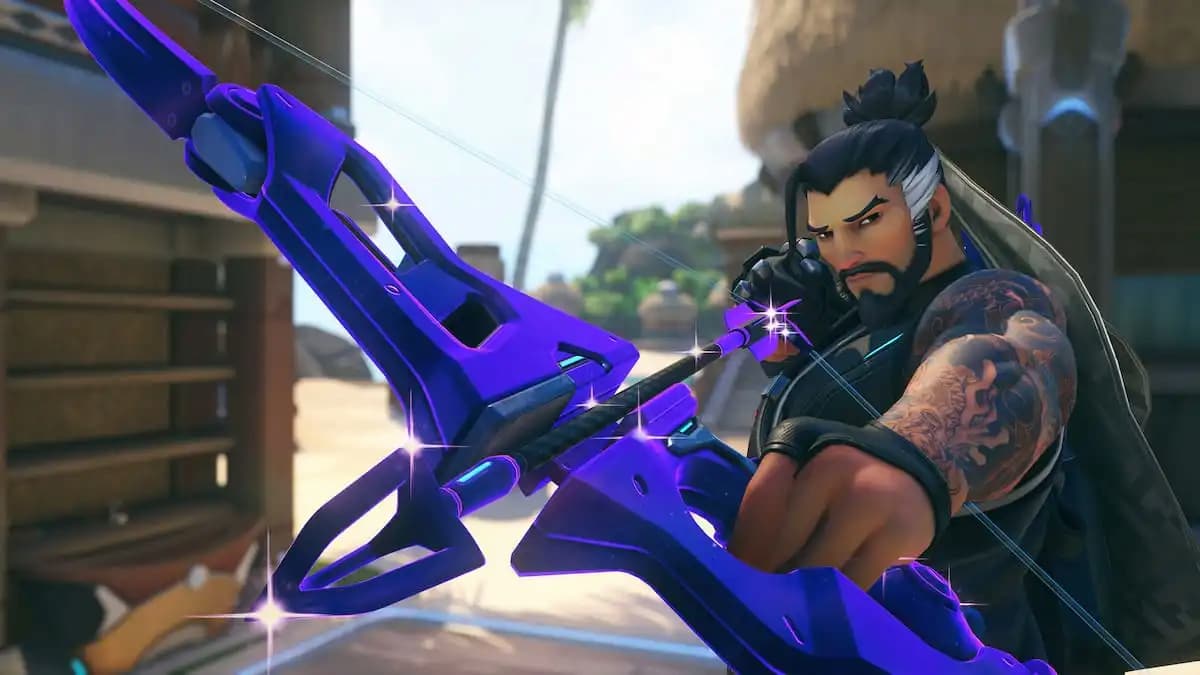

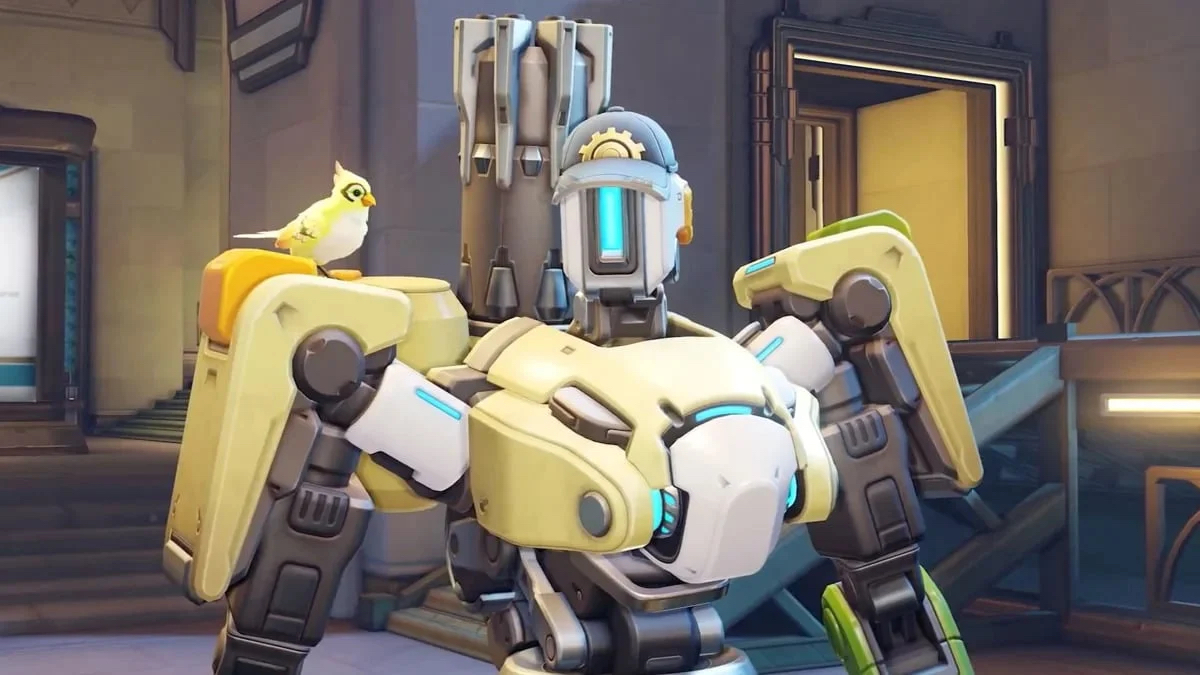
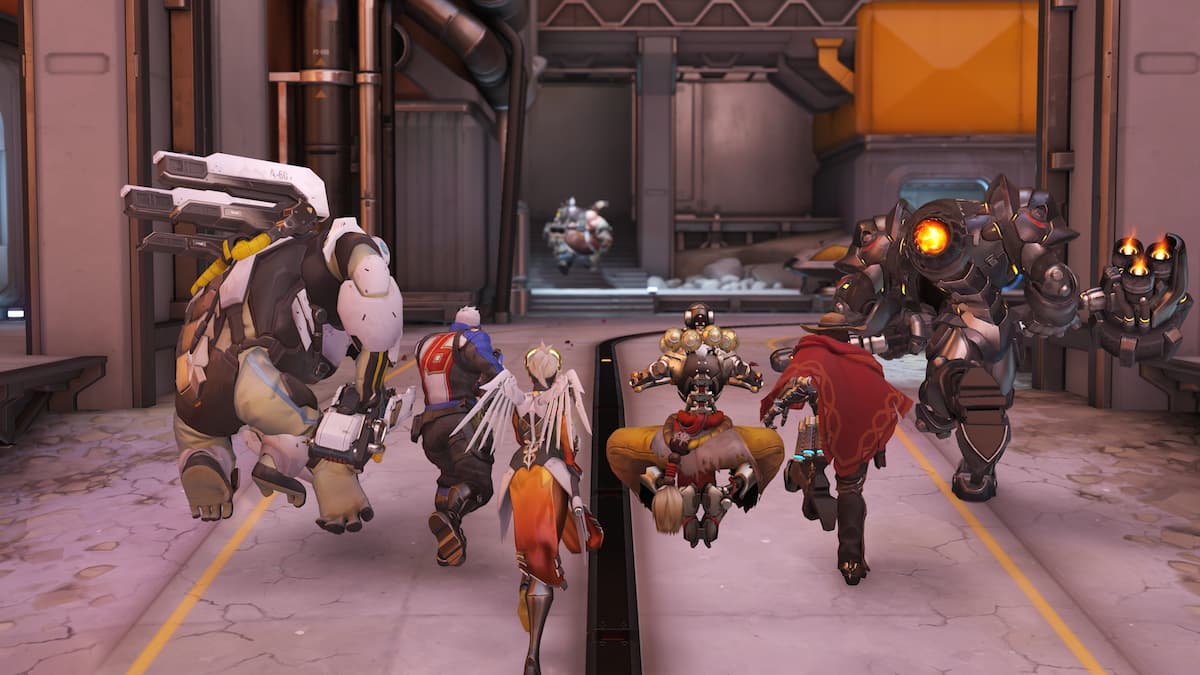
Published: Sep 1, 2022 03:34 pm